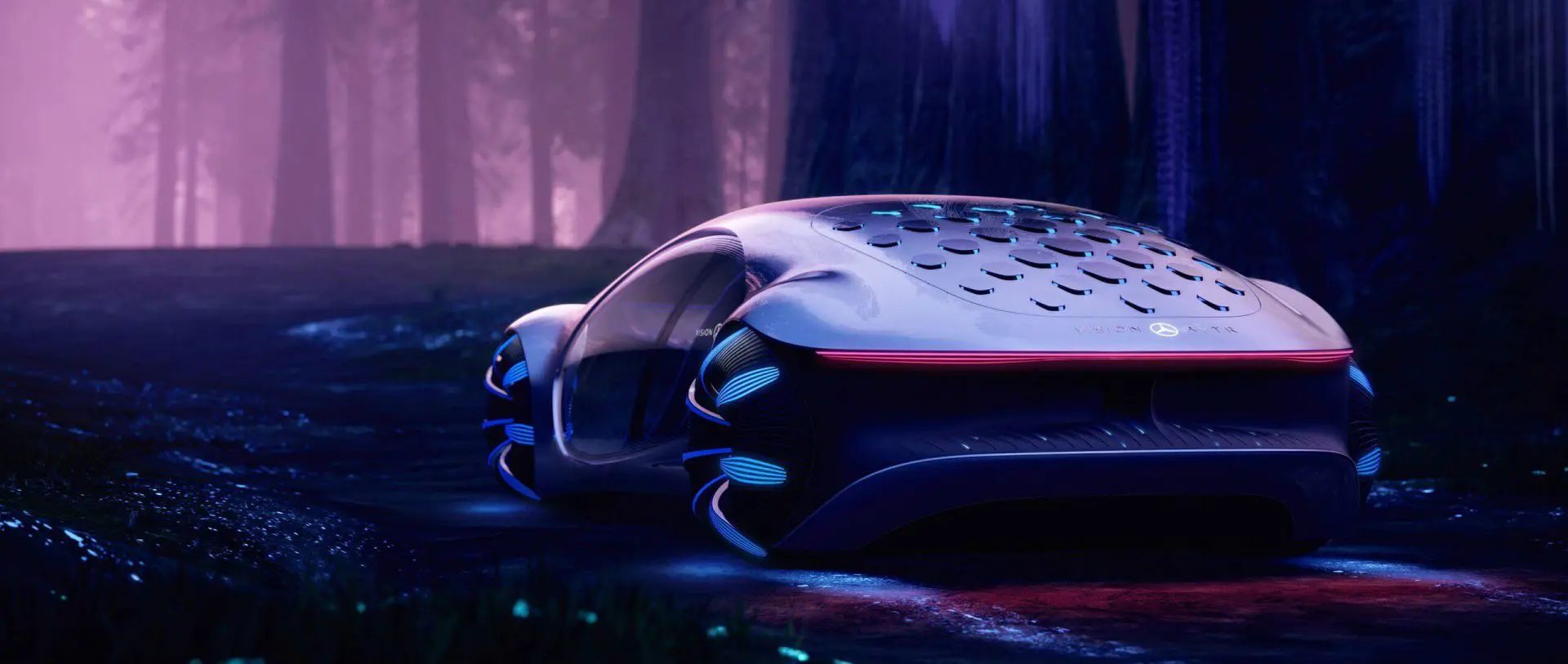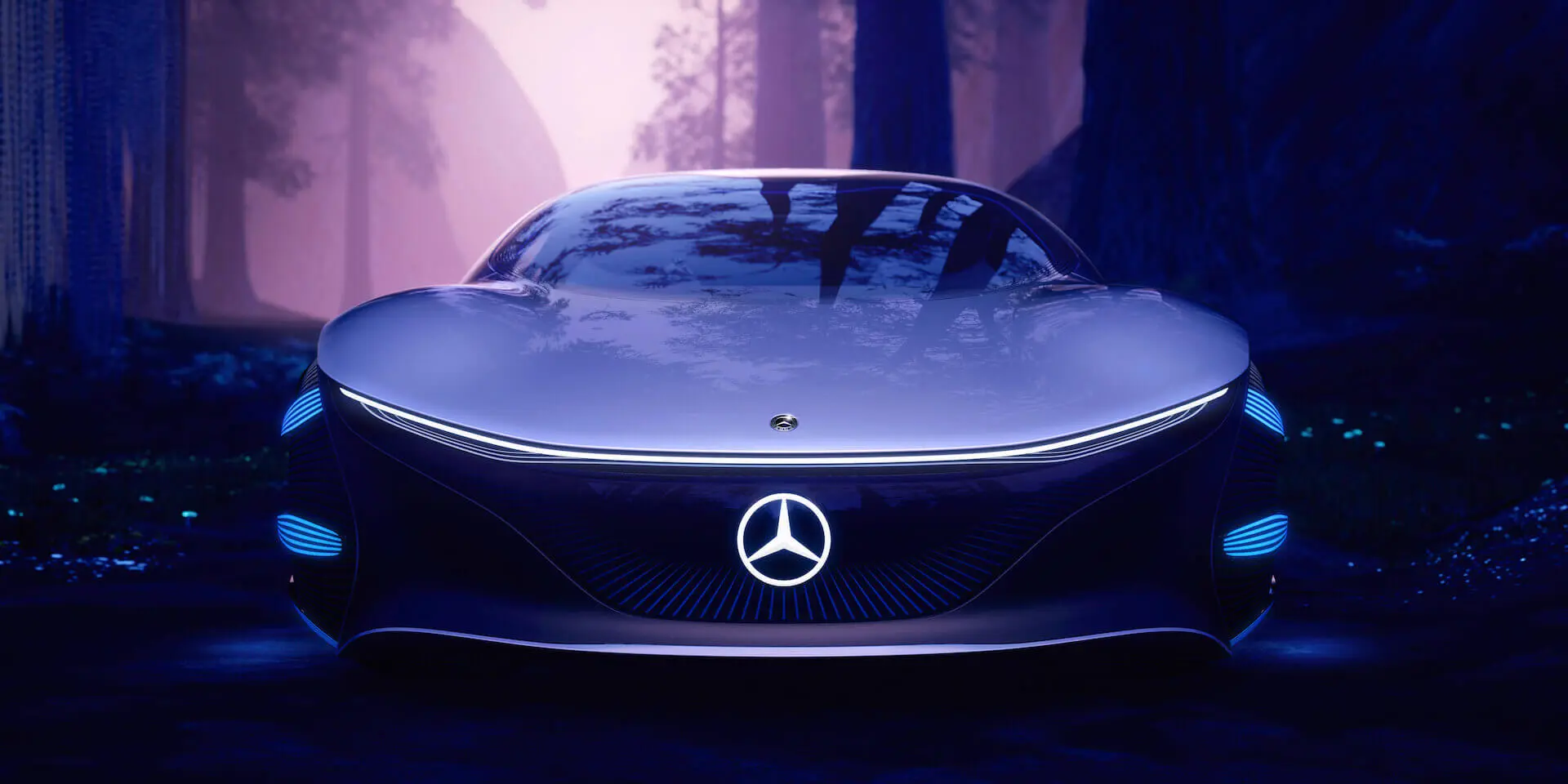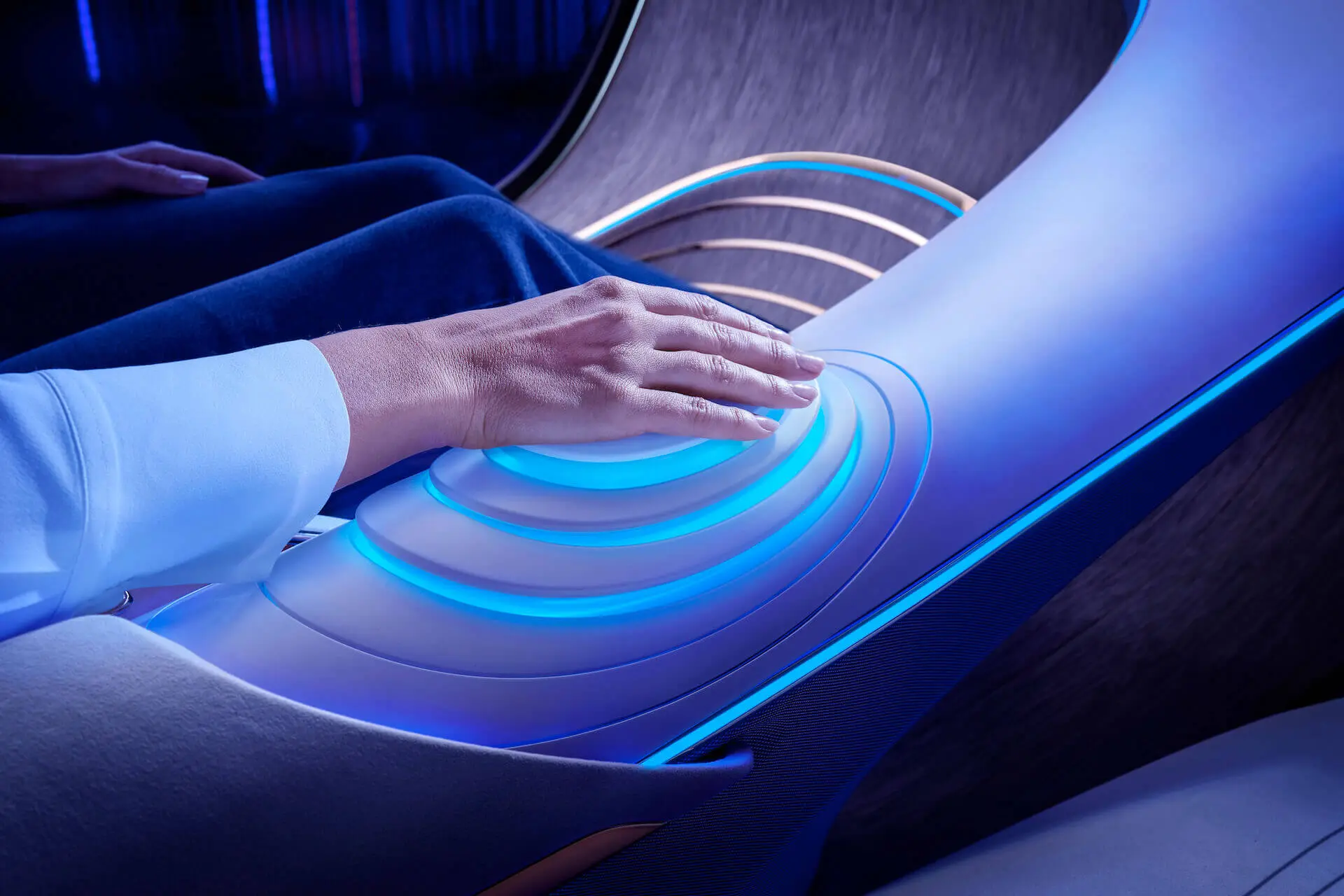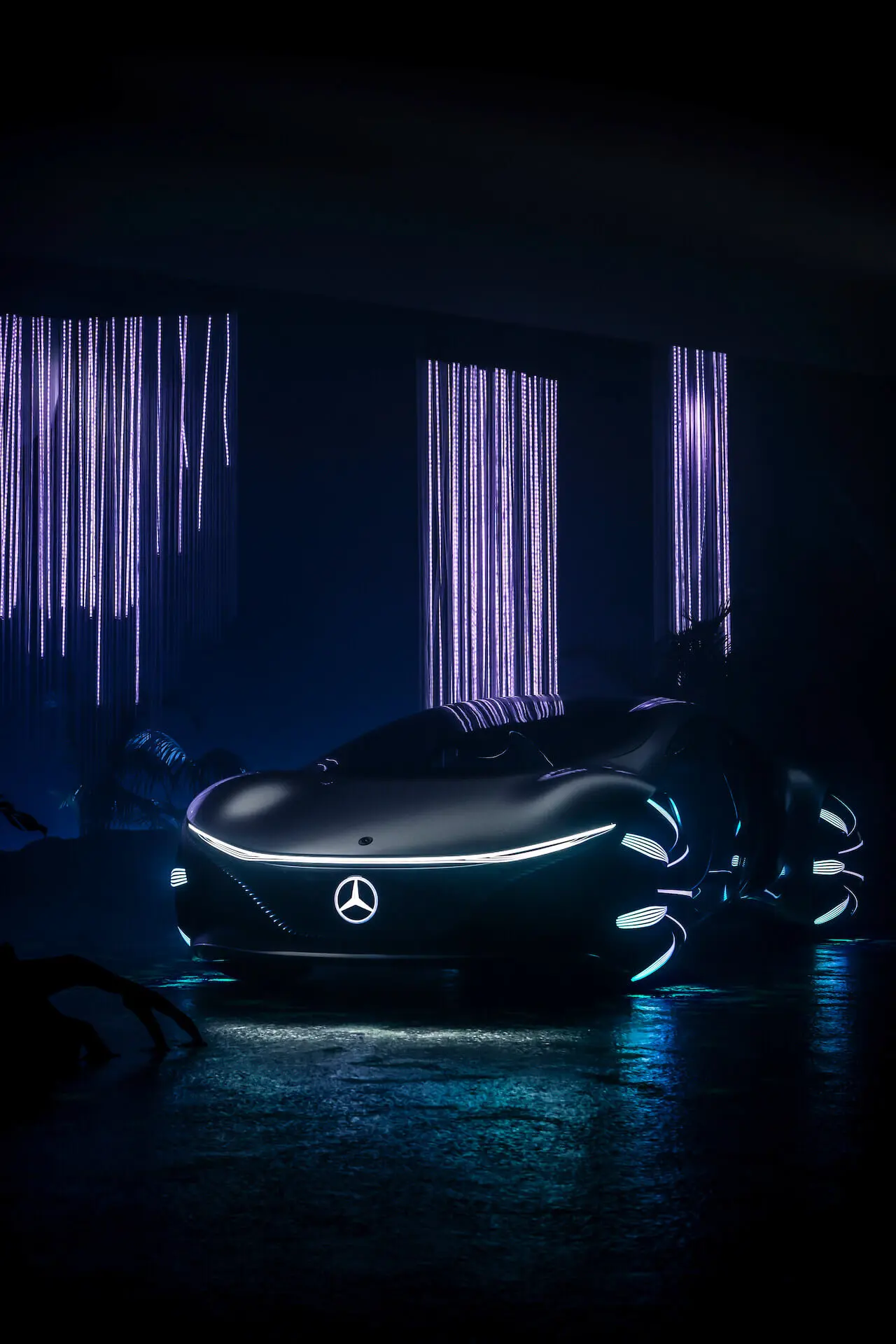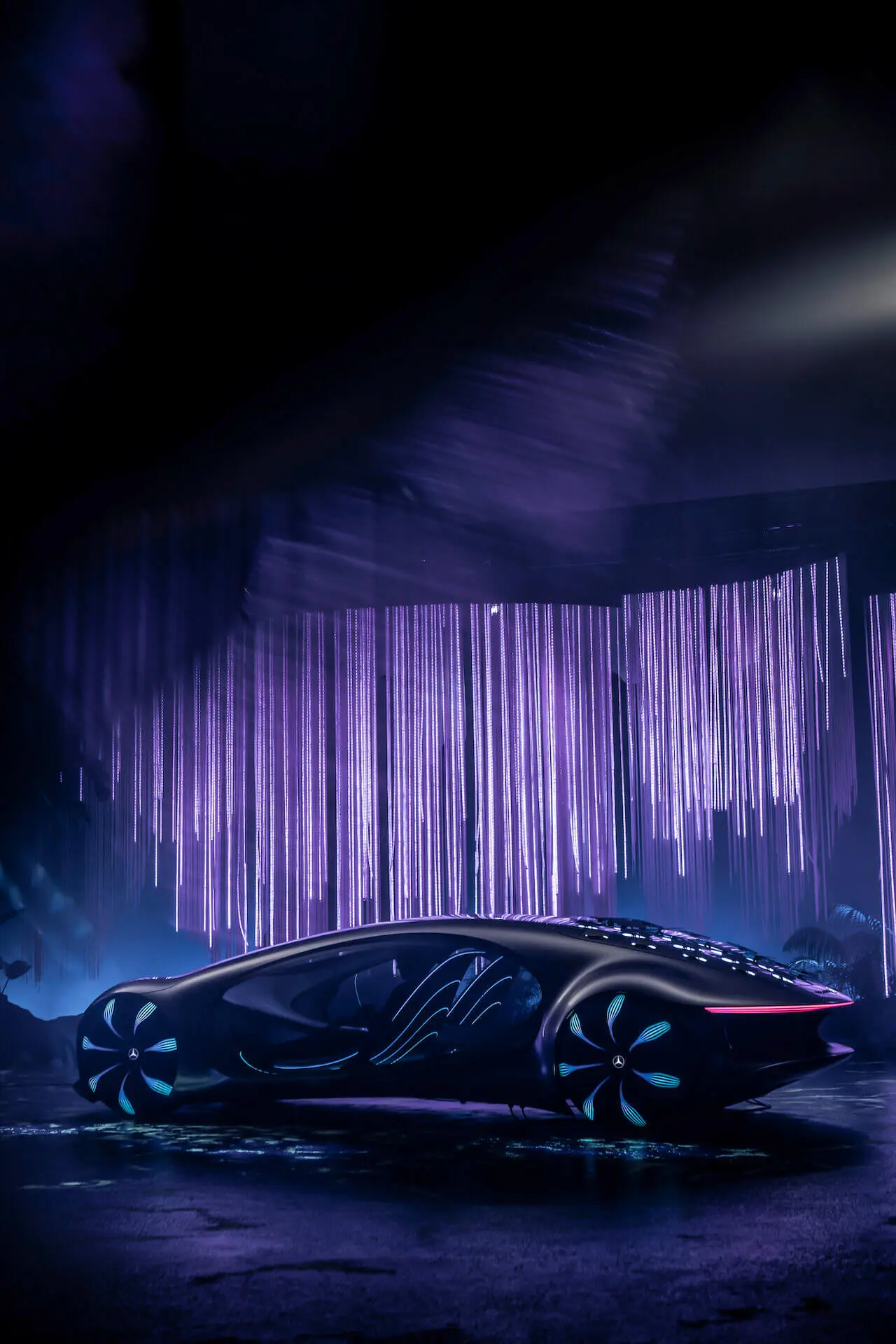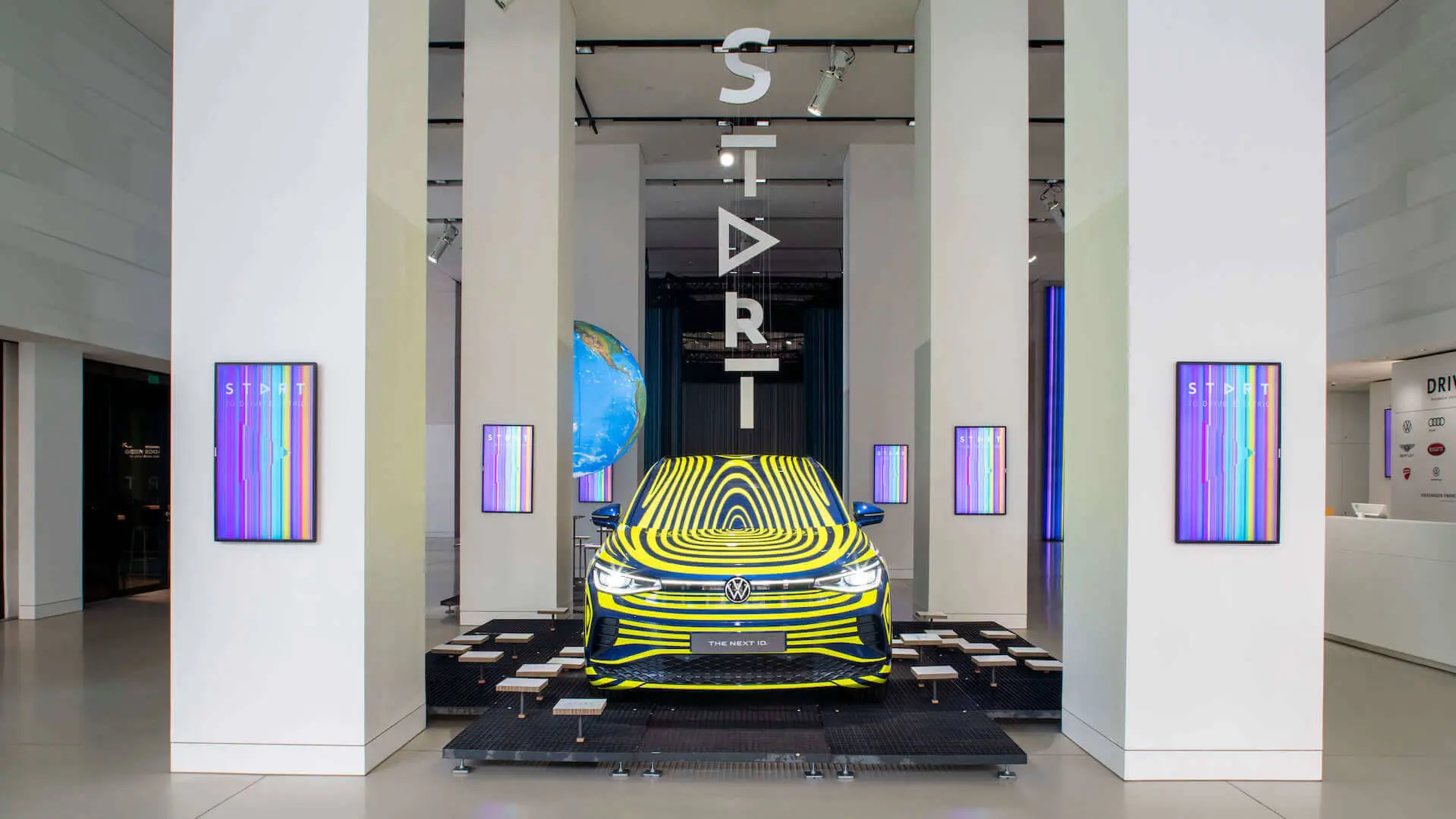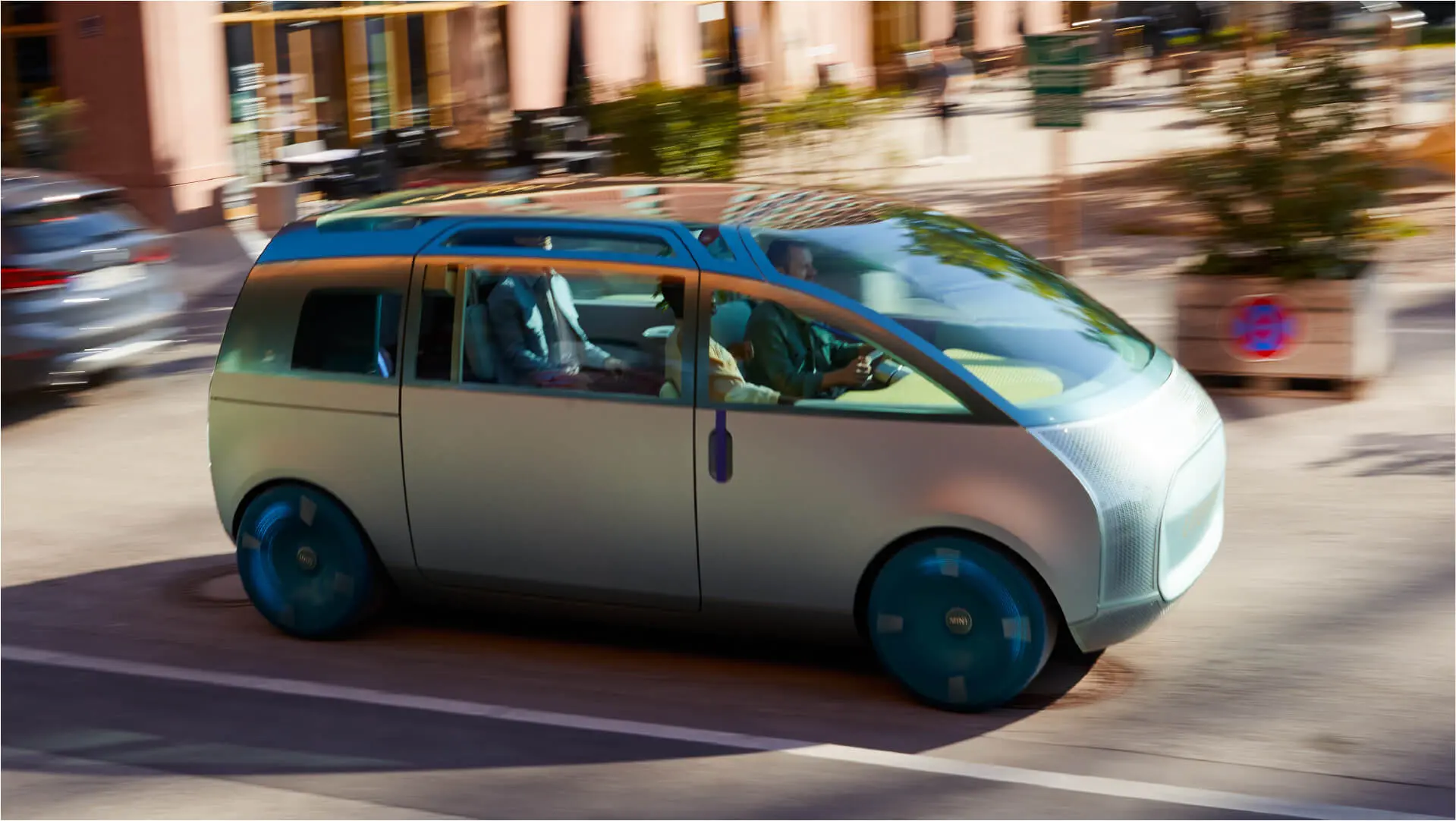Gorden Wagener creates the luxury of the future with the tools of tomorrow
Since its beginning, Mercedes-Benz has been a synonym of beauty, technology and, of course, luxury cars; but the brand is much more than a car company, it is a truly international luxury designer label.

As Head of Design at Mercedes-Benz, Gorden Wagener is paving the way for the future of mobility through “sensual purity”, the company’s unique design philosophy that is exemplified in the new concept car VISION AVTR.
Since its beginning, Mercedes-Benz has been a synonym of beauty, technology and, of course, luxury cars; but the brand is much more than a car company, it is a truly international luxury designer label. Their designs are unequivocally beautiful, and behind them, there is an incredible team lead by a design visionary and revolutionary, Gorden Wagener.

Joining Mercedes-Benz in 1997, Gorden Wagener has been creating some of the most magnificent cars out there, his incredible talent and vision didn’t go unnoticed and in 2008 he took the driver’s seat and became Head of Design for Daimler Group, the multinational automotive corporation that owns Mercedes-Benz. Since then, Wagener has been fast-forwarding to the future and creating delightful masterpieces through a design philosophy he calls “sensual purity.”
DesignWanted had the opportunity to interview Gorden Wagener and learn more about Mercedes-Benz’s holistic approach to design, the innovation of the VISION AVTR, and what makes the company’s DNA.
You joined Mercedes-Benz in 1997 and you’ve taken the position of Head of Design for Daimler Group since 2008, what steps in your career brought you to these roles?
Gorden Wagener:
“After studying Industrial Design at the University of Essen (1990-1993), I specialized my studies in Transportation Design at The Royal College of Art in London. My “London years” were the best foundation for my upcoming life with stops at Volkswagen, Mazda, and GM, where I was part of the design team before I joined Mercedes-Benz in 1997.
This was another great moment, I joined one of the best design teams in the industry. Not long ago, one media wrote that the actual Mercedes design team is the best in the industry. I took this for a big compliment for our work.”
The men that preceded you in your role had trained as engineers, you were the first person in your position to follow the design route. How was this experience for you? How were you able to break the mold and pay heed to the ever-changing movements and trends of the sector?
Gorden Wagener:
“My predecessors were both, a mixture of engineers and stylists. My actual job profile wasn’t even invented that time. Today we are much more than just designers, we are a real design machinery: we are the first in the line and start every Mercedes project from scratch.
At the end of the creation process, we provide all data to our production lines from the design center. In fact, we as designers are the last authority in our R&D process! Our job changed so much within the last 20 years and we gained so many interfaces with R&D teams and our marketing teams that we create and design every touchpoint of our customers with our brand. It’s all design now!”
You have set new milestones for Daimler Group. You have also been in charge of creating some of the most beautiful cars on the market today. Can you tell us about the process you follow when designing cars and the inspiration behind them?
Gorden Wagener:
“First, thank you for your kind words. Indeed, we have one of the best jobs in the world. We could shape the future with every new project. In 2008, when I took responsibility for our design team, we invented Sensual Purity, our unique design philosophy. We took our time, defined every step of our process, and gave ourselves guidelines on how each brand and its products have to be designed. We still start with hand-made sketches, develop them to digital 3D data and build up three, sometimes four 1:4 clay models.
After we decided which one is our No.1 we do a 1:1 clay model and refine it until it’s perfect. This is the physical blueprint for the upcoming production models. This process contains many iterations and discussions, we do internal competitions and workshops. In the end, three years have passed and we present a new Mercedes to the public, which is always a great moment.
My inspiration for all this? Keep moving. Stay hungry. In “normal times” I travel a lot. We have studios around the world and with every single trip, I work like a magnet for new impressions. I love the discussions with our China team, our US team, and each member of our design family, they all inspire me.”

Earlier this year you revealed Mercedes-Benz VISION AVTR concept car at CES 2020 in Las Vegas. The car takes design cues from the sci-fi fantasy film Avatar and was overall inspired by it. Can you tell us how the idea of this car came to be?
Gorden Wagener:
“We’ve been in talks with James Cameron’s AVATAR production company Lightstorm Entertainment for more than 2 years before we’ve started this project. Our discussions about a collaboration were fascinating; both teams had so futuristic ideas and inspired each other.
As a result, we put together both worlds, the values, visions and ideas of the AVATAR films and automotive industry, and set up a creative team from both companies to build up a showcar inspired by AVATAR: the VISION AVTR. It’s one of a kind and showcases how human, machine, and nature can exist in harmony – this is our vision of pioneering sustainable luxury.”
The VISION AVTR exemplifies technology and the way people, machines and nature interact, it also demonstrates how luxury and sustainability can go hand in hand. Can you tell us more about the “zero impact car” vision and what it means for the future of mobility and Mercedes-Benz?
Gorden Wagener:
“There is no doubt, the VISION AVTR is some years ahead of us, but we aim to raise the bar again, as Mercedes-Benz always did for the entire industry. It’s our sustainable vision of zero-emission mobility in the luxury class. But we are not only working on vision far in the future. With our “Ambition2039” we’ve defined our path to sustainable mobility and are striving to neutralize our carbon footprint.
Since Designers are living in the future anyway, we are always ahead of time. So it’s also upon us to work on this ambition and pave the way for our company and lay the foundation for the upcoming products like the EQA or EQB. We will merge all design disciplines and create products, which are a holistic experience for our customers.”

The VISION AVTR is a holistic concept that combines both interior and exterior. How was this achieved and what aspects of the car exemplify this?
Gorden Wagener:
“We left all our established paths and created the VISION AVTR as a common project with team members from our exterior, interior, and MBUX department – we worked our way in this vehicle from the inside out for the first time – holistic approach. All lines on the exterior are floating into the interior as you can see at the front and rear seats.
There is no conventional dashboard anymore, it’s now a projection panel which wraps around the passengers. Even the wheels are no ordinary wheels, they are rolling smoothly over the ground and do not hurt anything beneath. “

What is the future of car design? Do you think luxury, as we know it today, will be relevant? Will it change its meaning or will it become obsolete?
Gorden Wagener:
“I think that luxury is always relevant in design and it changes over the times. At Mercedes-Benz, we turned the luxury of our fathers, a very traditional kind of luxury, into sustainable luxury for all generations. Mercedes-Benz was always part or even driver of a contemporary luxury, a “Zeitgeist”-luxury.
Once you made it and you want to reward yourself, it’s time for a Mercedes. We’ve always been sustainable, as this term changes, too. So many of the classic Mercedes are still on the road, so many beloved luxury items, more a kind of investment than a car. We designers work hard for our mission to become the most loved luxury brand and that’s far beyond Mercedes-Benz being a car brand.”


